International Heritage Centre blog
‘Reduce, Reuse, Recycle’: Salvation and Salvage at the Turn of the Century
‘Reduce, Reuse, Recycle’: Salvation and Salvage at the Turn of the Century
Most people in modern Britain, and no doubt across the globe, are familiar with the sustainability catchphrase ‘reduce, reuse, recycle’. Over the past few years, social media campaigns, overflowing recycling bins and a growing popularity in sustainable products such as bamboo toothbrushes, are reassuring signs that people are beginning to listen to environmentalists and strive to reduce their impact upon the earth.
However, despite this relatively recent surge in environmental concern, the concept of recycling is not a new one; and a little investigation into The Salvation Army’s social work records reveals that in the 1890’s William Booth was enthusiastic towards this endeavour in a period when recycling was not popular or commonplace. With industrialisation and widespread urbanisation in the early Victorian era came new methods of technological waste disposal, such as incineration, which became favoured as a process that was widely believed to be more efficient and less polluting than recycling. In 1890, William Booth published In Darkest England and the Way Out - his blueprint for The Salvation Army’s many social schemes in the late nineteenth century; designed to feed, shelter and provide employment for those in need, due to his belief that economic salvation was an essential accompaniment to moral and spiritual salvation. Contrary to pervading trends, one important scheme was the waste paper mill or ‘salvage’ centre’.
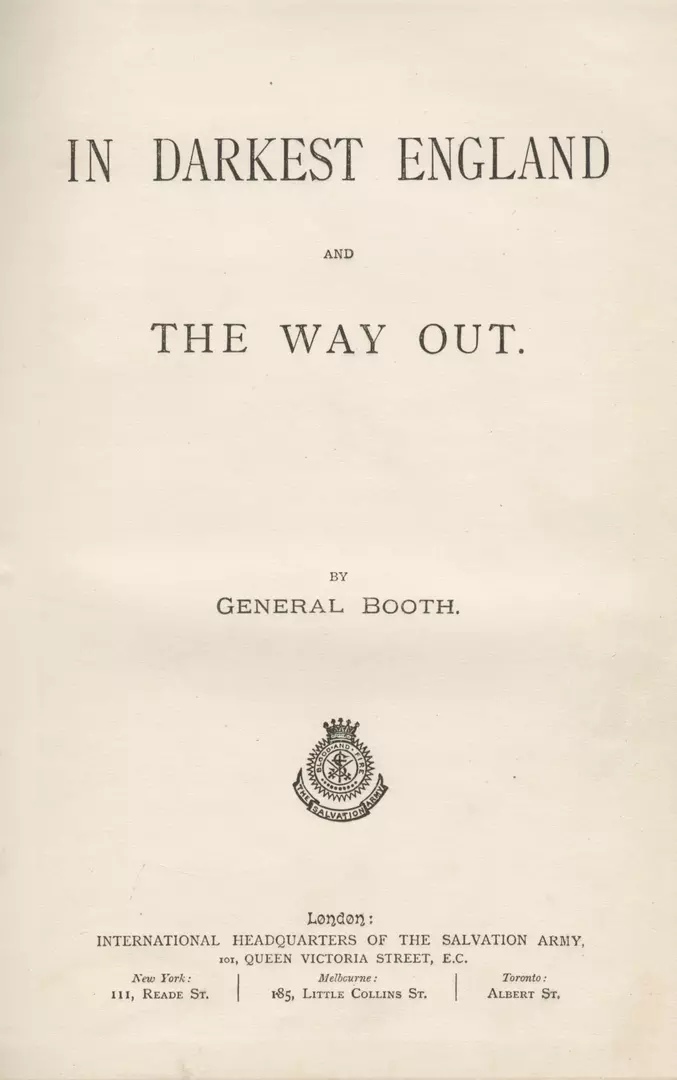
Between 1891 and 1899, several Salvation Army waste paper depots sprang up across London. They were attached to institutions called ‘elevators’. The ‘elevator’ was intended to rehabilitate homeless and destitute men through providing them with work in the salvage industry, which would also recycle unwanted paper and raise charitable funds for The Salvation Army’s social enterprises. Therefore, the positive environmental impact of Booth’s ‘salvage’ social scheme was a natural by-product of Booth’s ambition to afford dignity, purpose and salvation to London’s poor.
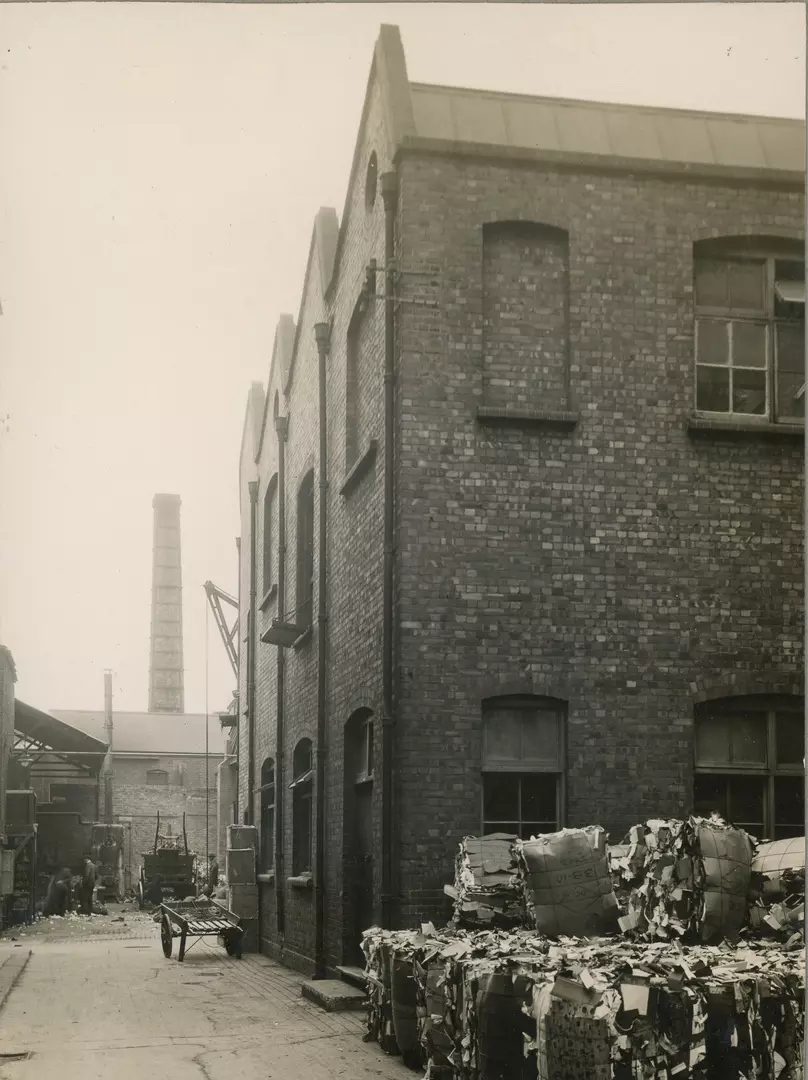
One of these ‘Labour Yards’ was Spa Road Elevator in Bermondsey, which opened on 12 March 1899. When it first began, the Spa Road site catered for 50 men, who fulfilled various roles in the process of recycling waste paper, from collecting and sorting, to pressing and wiring into bales. By 1911, the centre at Spa Road alone had swollen to accommodate 600 men in the waste paper industry. By this point a further 200 men were also employed at a northern London site at Whitecross with a combined output of approximately 500 tons of recycled paper per week.
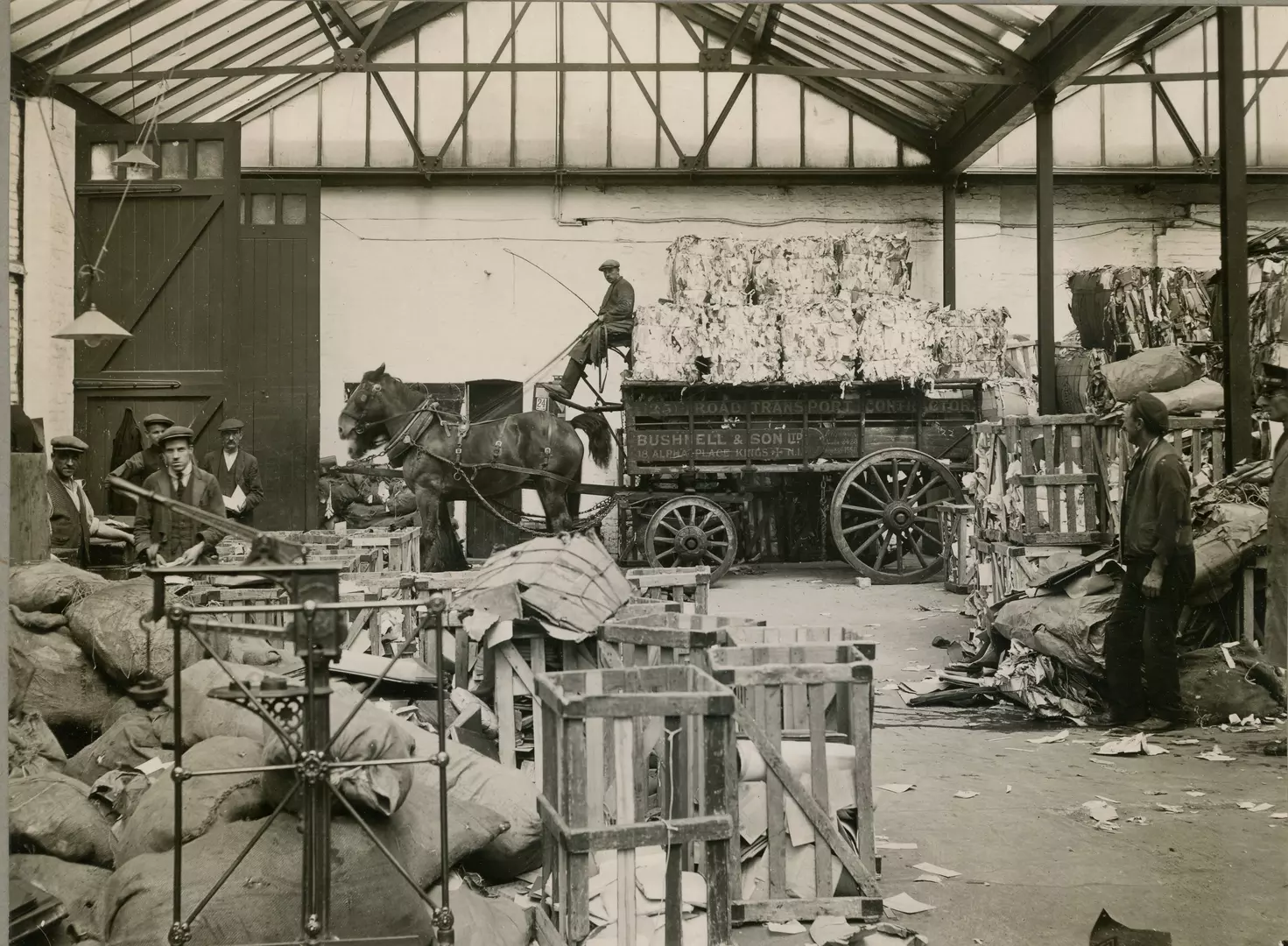
As well as producing his original volume, In Darkest England and the Way Out, Booth also wrote detailed instructions for his officers in his Orders and Regulations for the Social Officers of The Salvation Army to ensure that the schemes operated properly, to fulfil his vision.
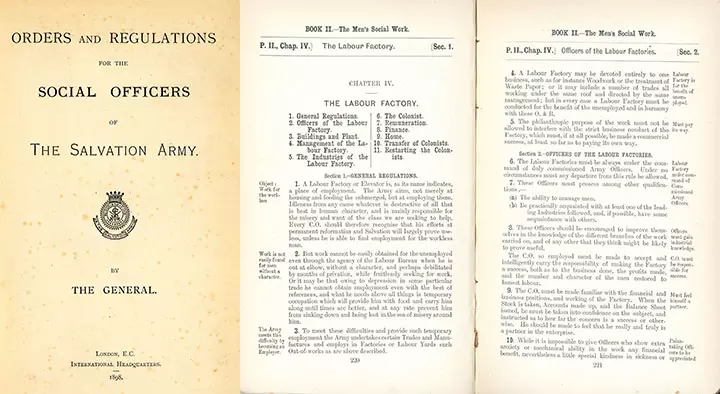
Furthermore, this later article from Brigadier George Holbrook from The Officer magazine in June 1927, demonstrates the continuing impact of Booth’s ambition for these depots to be places of spiritual comfort and compassion (for humans and working animals!) as well as productive work spaces.
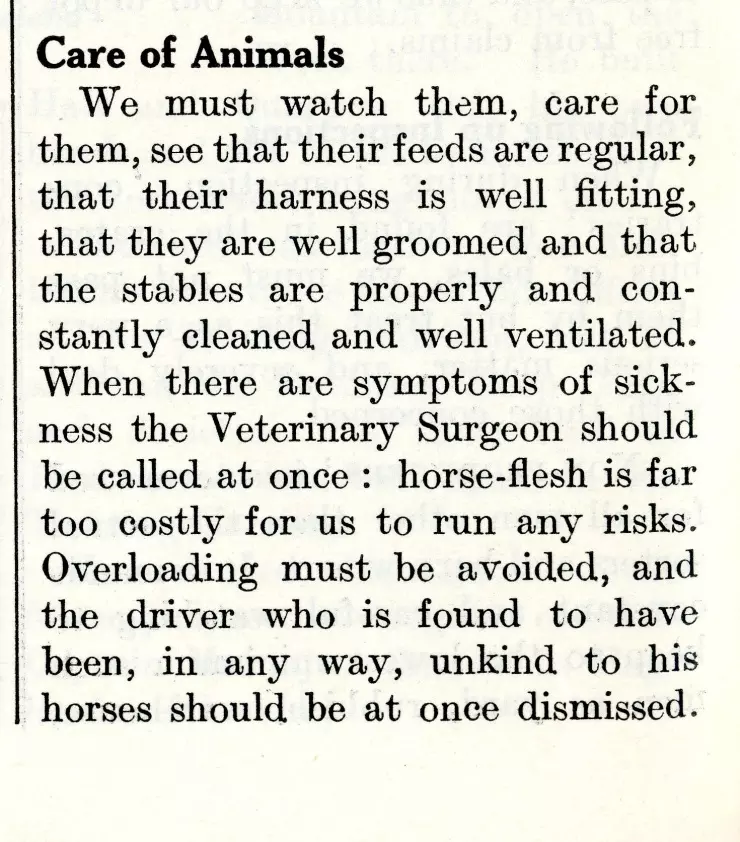
Prior to this, in 1882, long serving Salvationist, George Scott Railton, produced a pamphlet comparing The Salvation Army’s conversion work to the workings of a recycling paper mill. He wrote:

A mere nine years later, William Booth had combined these two methods of salvation in his waste paper scheme to help both man and society through transforming the ‘once dirty and filthy to the now beautiful and clean’.
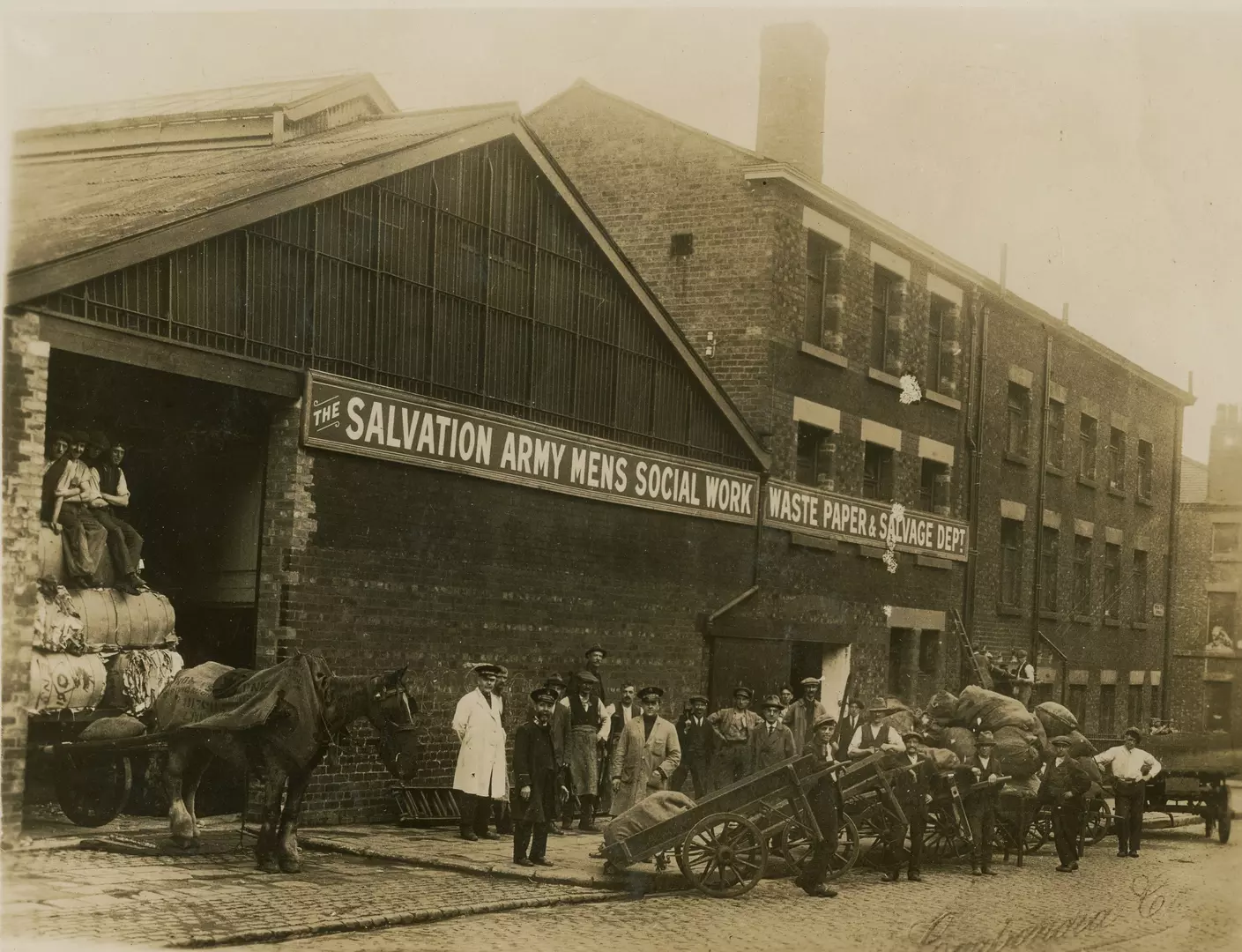
The paper recycling system was truly a physical metaphor for William Booth’s vision of the spiritual transformation of Britain’s poor, as well as an efficient method of fulfilling his ambition to aid people economically. He sought to take people from the ‘rubbish heap of society’ and provide them with the opportunity to earn a wage and in so doing, regain their status as working members of society. Thus, Booth’s endorsement of reusing and recycling, despite being seen at the time as a ‘backward’ method, was very much a response to the societal conditions of the late nineteenth century and was closely wedded, both metaphorically and practically, to his spiritual philosophy.
Chloe
October 2019
Read other blogs from the Heritage Centre
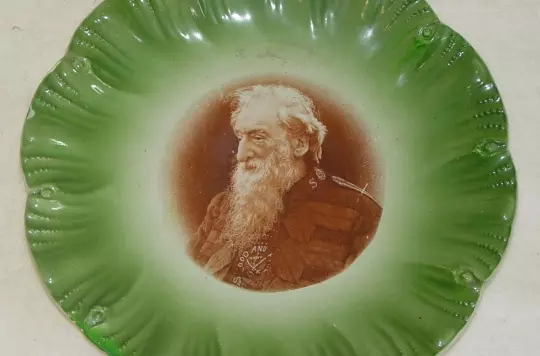
‘Eat like a Christian’: Vegetarianism in The Salvation Army’s Early History
It may seem surprising that vegetarian lifestyles began to gain popular recognition as early as the nineteenth century...
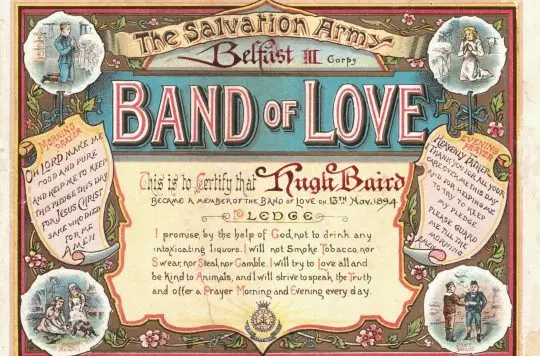
The Band of Love
The Salvation Army has been committed to temperance as part of its evangelical Christian mission since it was founded in the 1860s...
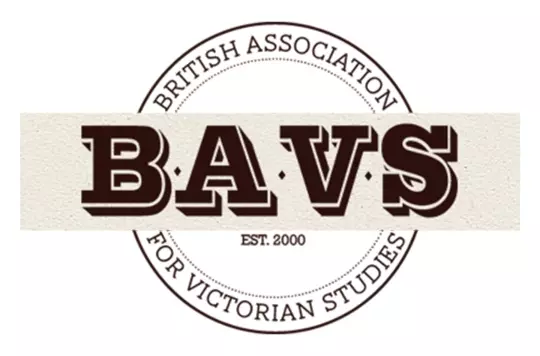
'Rescue and Deliver Them': Attending the British Association of Victorian Studies Conference
Our archivist provides an account of The Salvation Army International Heritage Centre's panel at the British Association of Victorian Studies 2019 Conference...
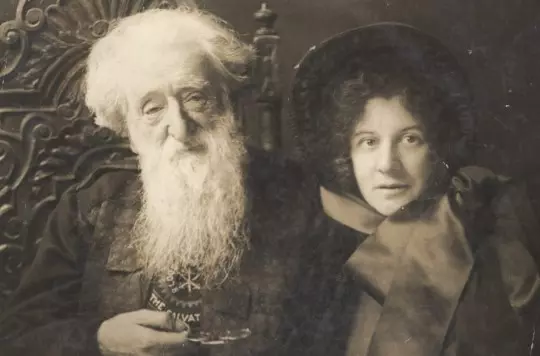
William Booth: The Man of Emotion
In our second guest blog, biographer Gordon Taylor shines a light on William Booth as a 'Man of Emotion'...